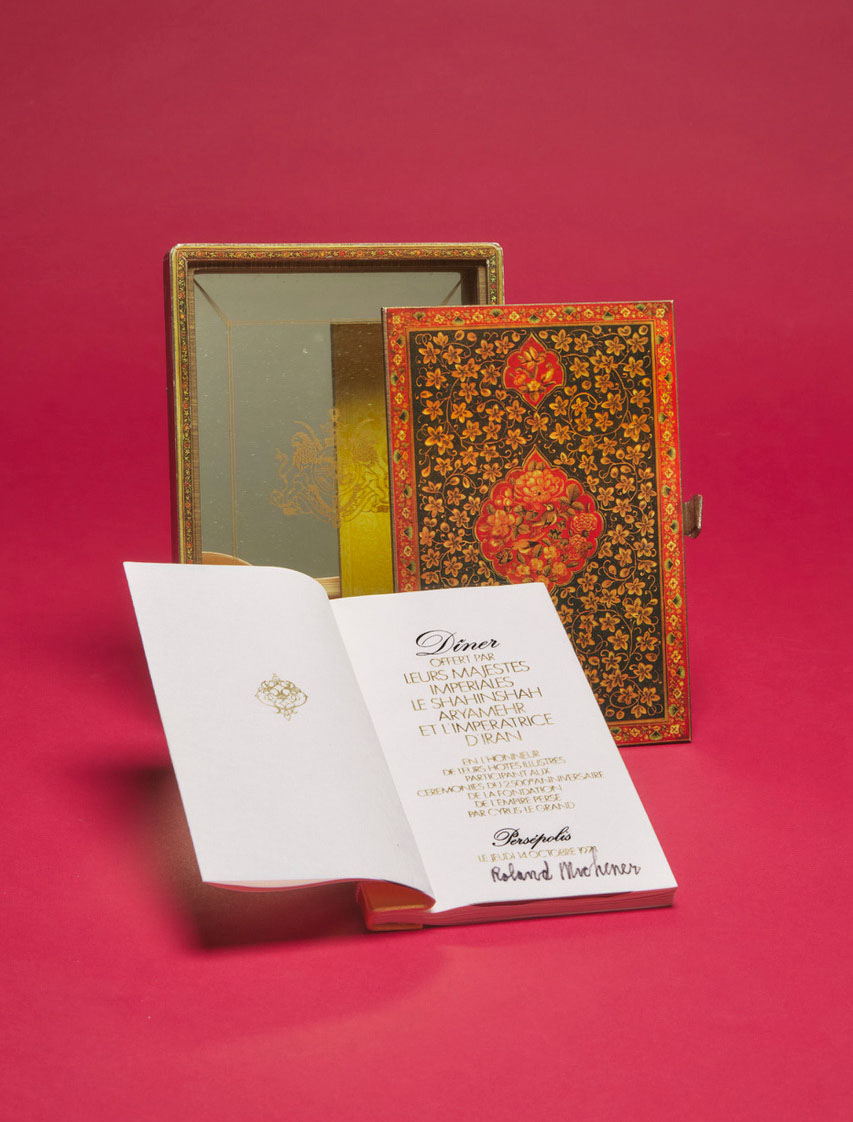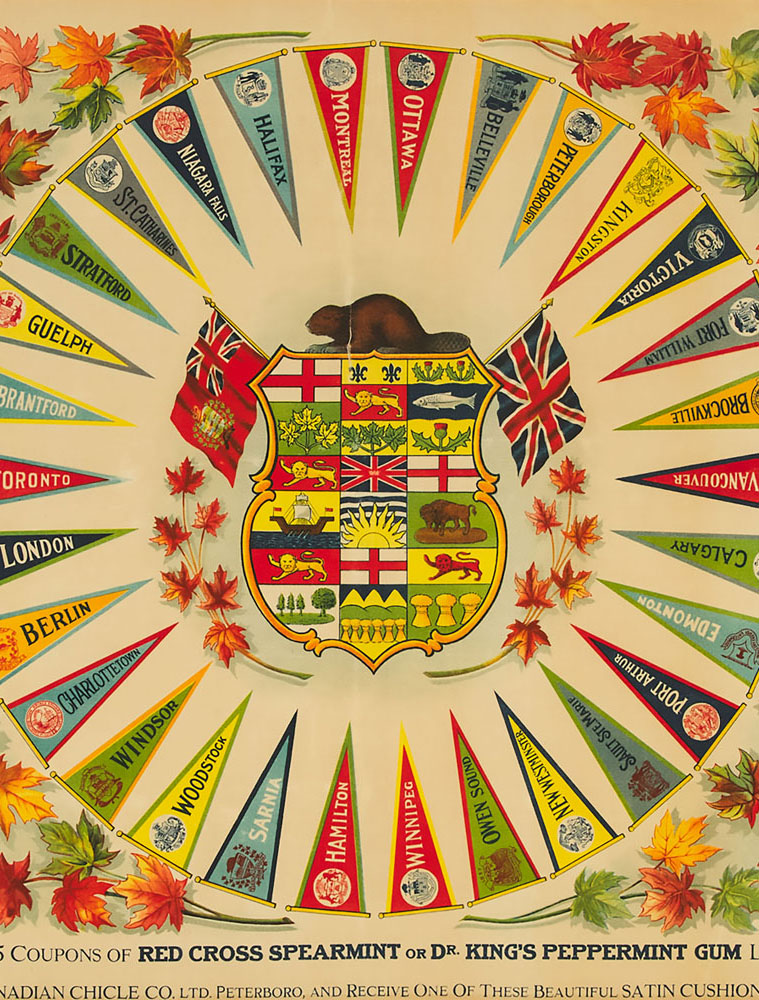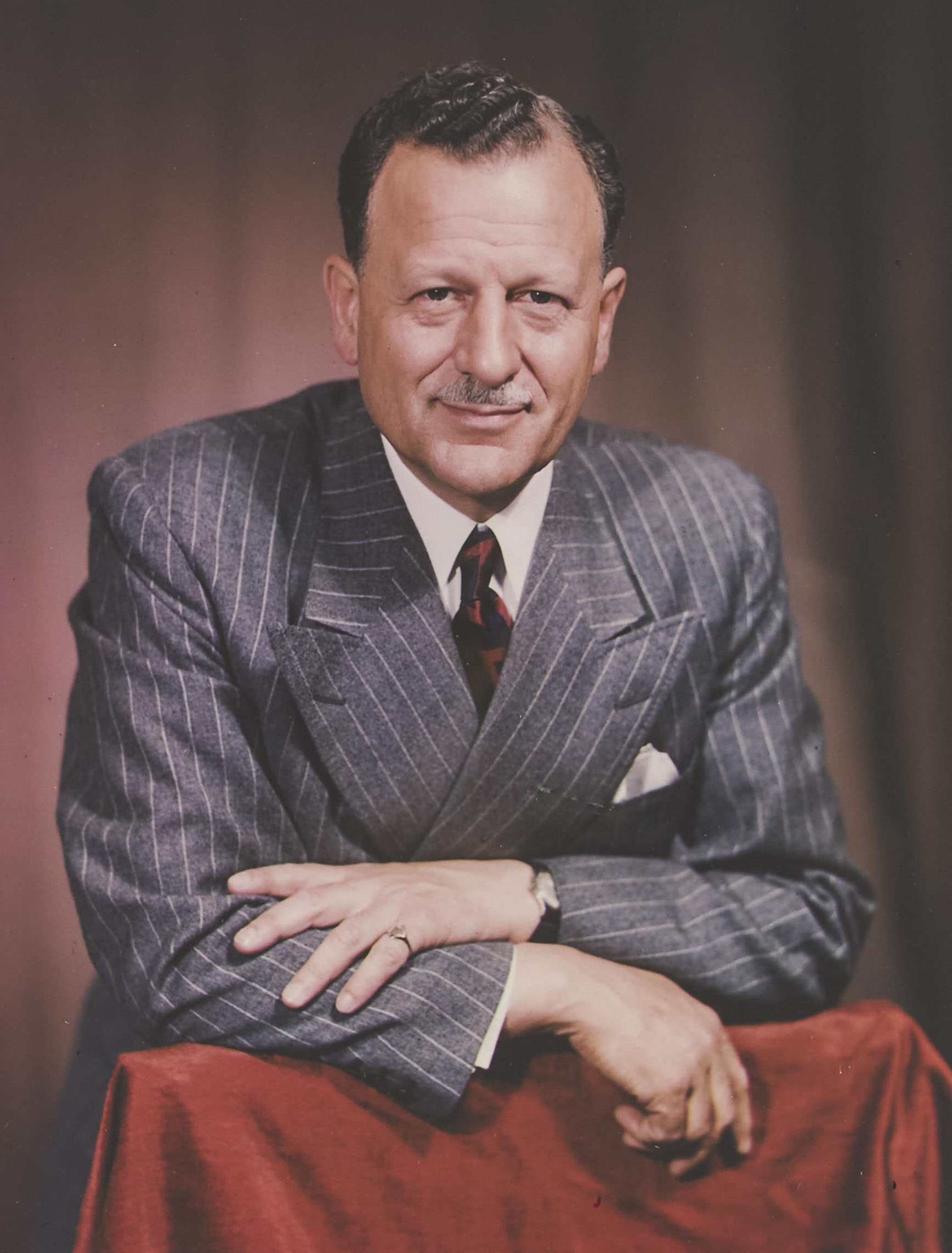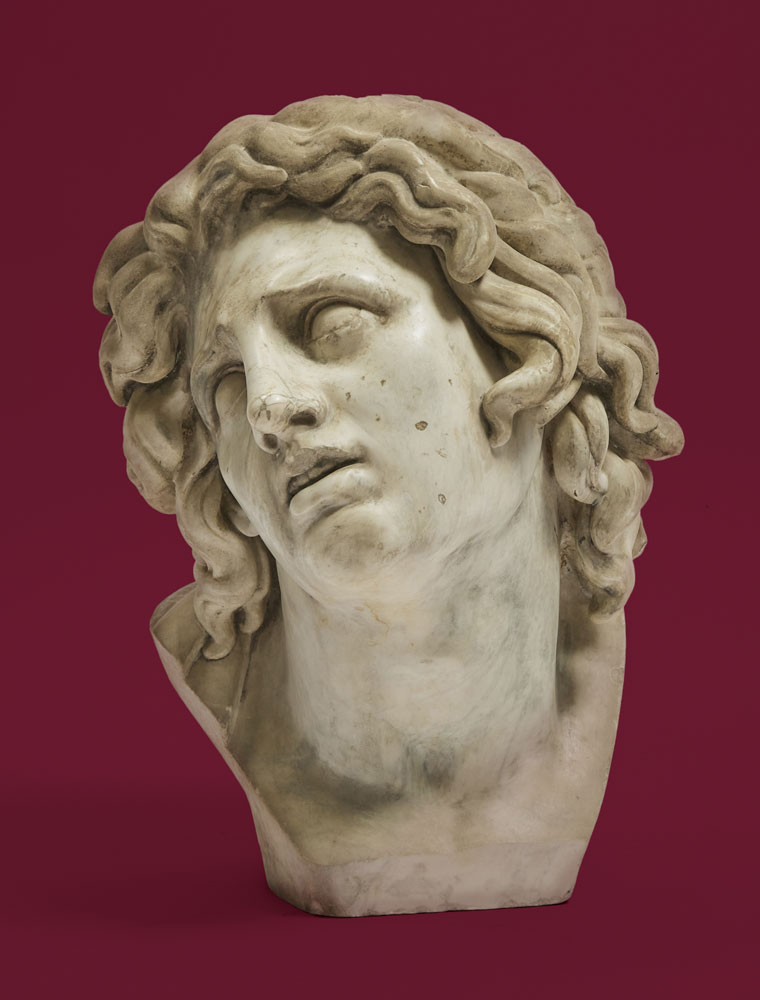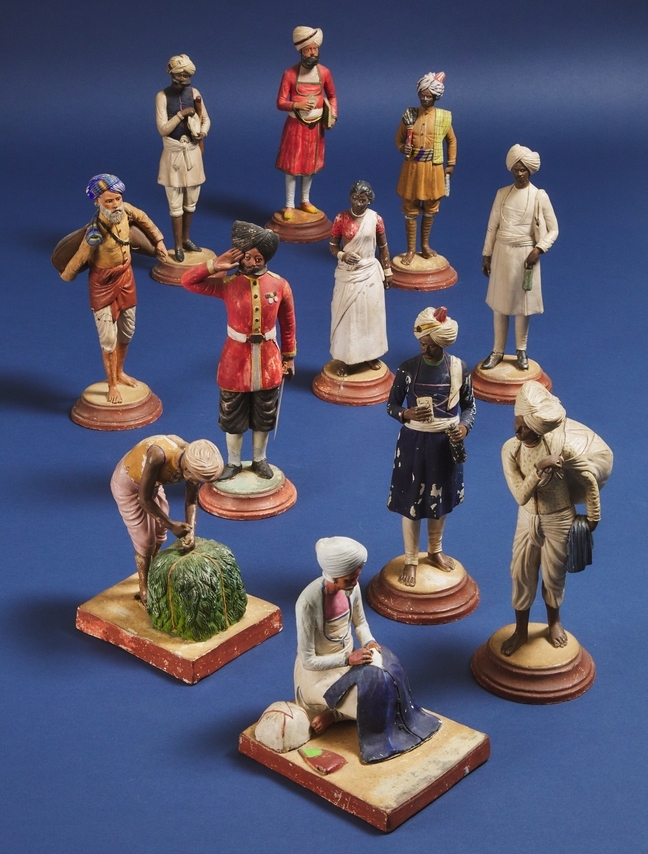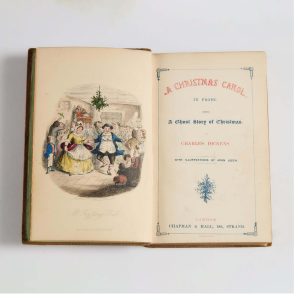
You would be hard-pressed to pick a more iconic Christmas story—Bible excepted—than Charles Dickens’ “A Christmas Carol.” The novella continues to define the holiday, boasting over 100 movie adaptations (Muppets! Looney Toons! Bill Murray!), as well as video games, tv shows, operas and two ballets. Dickens’ book even launched the phrase “Merry Christmas,” which was not in common Victorian parlance before the novella’s release in 1843.
When Dickens released “A Christmas Carol,” the festivities we consider to be fundamental were still in their infancy. The idea of the Christmas card was born in 1843, the same year as “A Christmas Carol” was published. Christmas trees were newly in fashion, thanks to Queen Victoria’s husband Albert, who brought the German tradition with him to England. “A Christmas Carol” arrived at a time when audiences were hungry for Christmas-themed content, and the book shaped the idea of the holiday as a time for giving and togetherness. The book was heralded by the Victorians as “a new gospel,” and reading it has become an important tradition for many.
Strong motivations
Dickens wrote “A Christmas Carol” in six weeks. He began in October 1843, determined to produce a successful novel before the Christmas season. Though he had been riding a wave of success based on titles including “Oliver Twist,” “Nicholas Nickleby,” and “The Old Curiosity Shop,” Dickens’ relationship with his publishers had begun to sour. His most recent novel, “The Life and Adventures of Martin Chuzzlewit,” was underperforming, and his publishers were threatening to cut his pay—a major problem for a debt-ridden author. With a fifth child on the way as well as a father to support, Dickens knew he needed a hit—and fast. By his calculations, a holiday smash would bring in around £1000, and with debtors at the door, his motivation was high.
The 1840s were a difficult decade—sometimes referred to as “the Hungry Forties”—due to economic downturns, widespread unemployment, poor harvests and unregulated industrialization. The working classes felt these shocks most of all, and many families were forced to send their children out to seek employment. Dickens had himself lived somewhat similarly; when his father was sent to debtor’s prison, the young Dickens dropped out of school to work in a shoe-blacking factory at the age of 12.
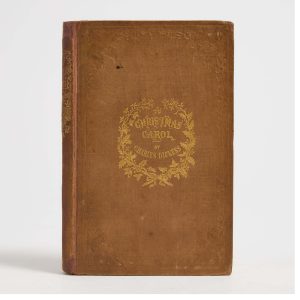
Dickens was increasingly troubled with how Victorian society treated its most vulnerable members. He was politically active, and did not shy away from infusing his books with his opinions, having tackled the topic of abolition in “The Pickwick Papers.” In 1843, Dickens was looking to express his thoughts about the evils of poverty, low wages, overwork, and child labour. In March of that year, Dickens had penned a pamphlet, “An Appeal to the People of England on behalf of the Poor Man’s Child,” but a few days after completing it, decided not to publish it. It occured to him that a novel would connect with more people, thus getting his message out with “a sledgehammer blow” with “twenty thousand times the force” of a pamphlet.
Dickens knew that he needed to put a face to the problems he saw, even if that face was fictional. The character of Tiny Tim is able to convince Scrooge to change his miserly ways, and serves as the heart of the book. Tiny Tim was based on two family members: his sickly younger brother Tiny Fred and a nephew, Henry Burnett Jr., who was disabled. The devastation Dickens had seen on recent visits to schools for the poor (known as “ragged schools,” a reference to the tattered outfits of its pupils) appears in the novel, with the Ghost of Christmas Present showing Scrooge two young children, Ignorance and Want, described as “wretched, abject, frightful, hideous, miserable.” Scrooge in turn represents society’s indifference to the plight of the downtrodden, as well as common beliefs that the poor were responsible for their unpleasant fates.
In contrast, Dickens held that employers were responsible for their employees, and even though labour was cheap and plentiful, workers ought to be looked at as fellow human beings. To him, generosity from those more fortunate could alleviate human suffering. The real salvation in “A Christmas Carol” comes not when the newly reformed Scrooge buys the Cratchit family a turkey, but gives Bob Cratchit a much-needed raise.
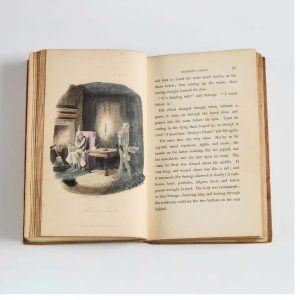
A meteoric debut
Released on December 19, 1843, the reception to “A Christmas Carol” (full title: “A Christmas Carol. In Prose. Being a Ghost Story of Christmas.”) was fevered, with the first edition of 6,000 copies selling out by Christmas Eve. By the following year, the book had been reprinted 13 times and has subsequently never gone out of print, 180 years later. It was well received by critics and peers, with William Makepeace Thackeray describing it as “a personal kindness.” Dickens’ biographer Michael Slater notes that the novella “[helped] open the hearts of the prosperous and powerful towards the poor and powerless.”
Despite its success, Dickens made less money than anticipated on the early editions. Unimpressed by the performance of “Chuzzlewit,” Dickens’ publishers required the author to finance the printing of “A Christmas Carol” himself. Despite his financial difficulties, Dickens insisted “A Christmas Carol” be printed with cloth bindings, gilt-edged pages, and hand-coloured illustrations. Coupled with several last-minute edits insisted upon by Dickens, the first printing was more costly than anticipated, resulting in less money for the author. The first printing netted Dickens about £230, much less than the £1000 he had anticipated. By the following Christmas, Dickens had earned an additional £744.
Dickens would try to replicate the success of “A Christmas Carol” by writing other Christmas books, though none came close to reaching the same level. Much of the author’s Christmas Carol cashflow actually came from speaking engagements—Dickens produced an abridged version which he read at events. Beginning in 1853, Dickens held 127 readings, up until his death in 1870. So inspiring was the story that in 1867, after hearing Dickens read, a Boston factory owner decided to give all of his employees a turkey and close for Christmas.
About the auction
Held online from December 9-14, our Cabinet of Curiosities auction features an eclectic array of rare and fascinating items. Highlights include a first edition of Charles Dickens’ timeless classic, “A Christmas Carol,” an impressive collection of ancient Roman glass, an assortment of intriguing timepieces from marine chronometers to railway station clocks, and a diverse selection of instruments, ranging from precision scientific tools to intriguing engineering devices.
PUBLIC PREVIEWS
Sunday, December 10 from 12:00 pm to 4:00 pm
Monday, December 11 from 10:00 am to 5:00 pm
Tuesday, December 12 from 10:00 am to 5:00 pm
Please contact us for more information.
Related News
Meet the Specialist

Sean Quinn
Senior Specialist, Clocks, Sculpture & Lighting






